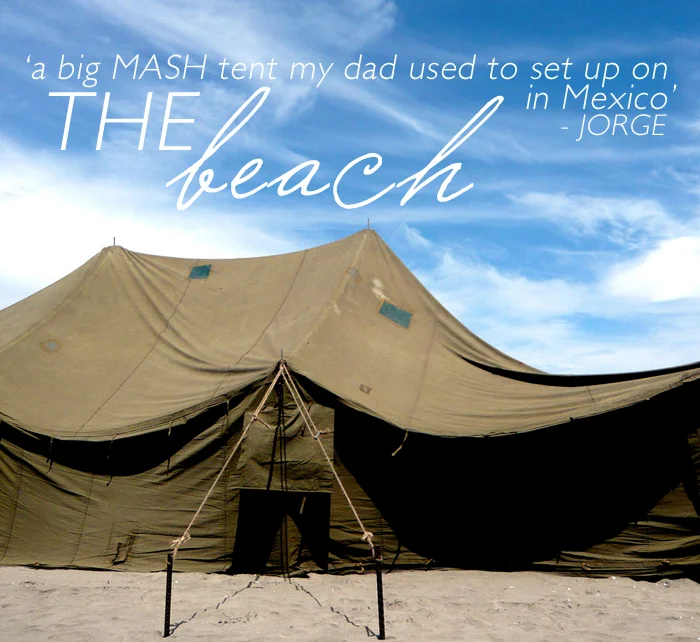Hi. my name is… Rebecca Atwood
My company is… Rebecca Atwood Designs
I’m the… Creative Director and Founder
I make/design/create… I design and make hand painted, printed, and dyed pillows as well as small paintings.
Something you need to know about me is… I grew up in a restaurant on Cape Cod - surrounded by the ocean, antiques, and great food!
Here’s how this company came to be… I have been designing home products for retailers for about 6 years and wanted a new challenge, and to create product that I believed in. The idea to start my own collection began as a small idea and became something I couldn’t shake - so I decided to give it a try! I’ve started small and I have plans to grow the business with each season.
My absolute favorite thing we sell right now is… That’s a hard one! Honestly everything in the collection is something I personally love and would have in my home. That’s a rule! A few favorites would be:
I’m most proud of… Taking the leap! It’s scary to take a big jump like this but I am so happy I did.
I really detest… I can’t say there is anything I really detest, but the financial aspects of running a business like bookkeeping are definitely not my favorite!
I could never have done it without this person… My husband Steve - He’s been so supportive and encouraging.
I consistently read these for inspiration… I am always reading blogs, and I never miss an issue of Lonny magazine. My favorite printed magazine is probably Australian Vogue Living. I also think it’s really important to get offline, out of the magazines, and books and Pinterest. I need to spend time making things in the studio, go to an exhibit, walk around the neighborhood – for me that is where most of the inspiration happens.
I would like to share the limelight with… There are many people I would like to work with. I really love to collaborate with other creative women, which is what I did for my website. I worked with Erika Brechtel of Small Shop Studio for the design, Zoe Rooney for the development, and Nicole Franzen for the photography. I hope to collaborate with some key boutiques around the country next.
IMAGE CREDITS | All images provided by Rebecca Atwood, her site, blog & Instagram.



























































